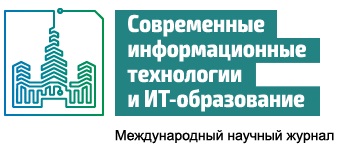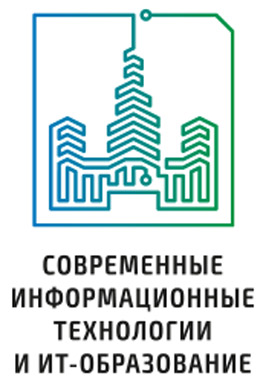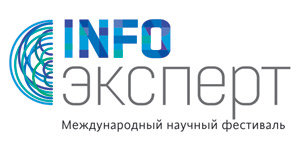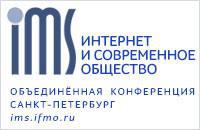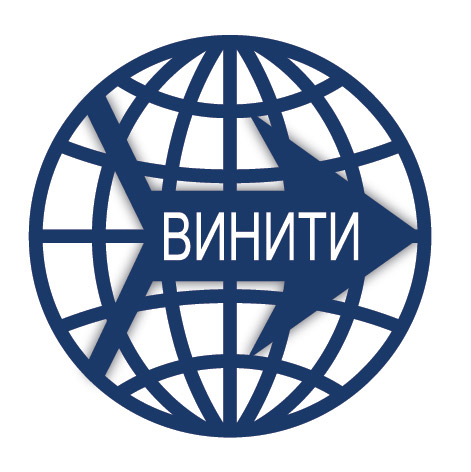Многоцелевое управление роботом-манипулятором с компенсацией запаздывания
Аннотация
Статья посвящена задаче стабилизации робота-манипулятора в заданном положении с учетом ряда требований к качеству динамики управляемого движения в различных режимах. В частности, необходимо обеспечить астатизм по отношению к постоянному внешнему возмущению. При этом управление осуществляется напрямую путем задания моментов на сочленениях робота. Особенность рассматриваемой задачи заключается в том, что математические модели динамики роботов-манипуляторов обладают существенными нелинейностями. Дополнительную сложность представляет собой наличие постоянного запаздывания в каналах управления и внешнего возмущения. Для решения поставленной задачи без учета запаздывания предлагается использовать комбинацию подхода линеаризации обратной связью и синтеза специальной многоцелевой структуры управления. Процедура синтеза таких регуляторов подразумевает разделение изначально сложной задачи синтеза на более простые подзадачи, которые могут быть решены относительно независимо друг от друга. При этом в зависимости от текущего режима движения отдельные части многоцелевой структуры могут быть отключены для экономии вычислительных ресурсов бортовой системы. Для компенсации постоянного запаздывания описывается процедура осуществления особой трансформации полученного многоцелевого регулятора, позволяющая сохранить передаточную матрицу исходной замкнутой системы. Таким образом, исходную задачу можно сначала решить без учета запаздывания, обеспечивая желаемые динамические характеристики, а затем преобразовать полученную систему с учетом запаздывания. Для демонстрации работоспособности представленного подхода приводятся результаты экспериментов с компьютерной моделью двухзвенного робота-манипулятора в различных режимах движения.

Это произведение доступно по лицензии Creative Commons «Attribution» («Атрибуция») 4.0 Всемирная.
Редакционная политика журнала основывается на традиционных этических принципах российской научной периодики и строится с учетом этических норм работы редакторов и издателей, закрепленных в Кодексе поведения и руководящих принципах наилучшей практики для редактора журнала (Code of Conduct and Best Practice Guidelines for Journal Editors) и Кодексе поведения для издателя журнала (Code of Conduct for Journal Publishers), разработанных Комитетом по публикационной этике - Committee on Publication Ethics (COPE). В процессе издательской деятельности редколлегия журнала руководствуется международными правилами охраны авторского права, нормами действующего законодательства РФ, международными издательскими стандартами и обязательной ссылке на первоисточник.
Журнал позволяет авторам сохранять авторское право без ограничений. Журнал позволяет авторам сохранить права на публикацию без ограничений.
Издательская политика в области авторского права и архивирования определяются «зеленым цветом» в базе данных SHERPA/RoMEO.
Все статьи распространяются на условиях лицензии Creative Commons «Attribution» («Атрибуция») 4.0 Всемирная, которая позволяет другим использовать, распространять, дополнять эту работу с обязательной ссылкой на оригинальную работу и публикацию в этом журналe.
